|
As a little change from the usual EPP topic of conversation around here, I'm going to share with you my finished FPP (foundation paper piecing) cushion. I started this as part of the Summer Book Club QAL run by Kate Basti using her Tall Tales book block pattern. When I began this project, I knew I was going to make a cushion/pillow rather than a quilt. Reading is one of my little boy's favourite things to do. I often find him in his room reading books to himself either sitting in his little armchair or lying in bed. It's hard for him to sit up in bed to read because there isn't anything comfortable to lean against, which brought me to the idea of making him a cushion and a book themed one would be perfect! After searching though my fabric stash and buying some story themed fabric to add to what I already had, I realised that my cushion needed a little something extra to make it really exciting. I had some Three Little Pigs fabric that I had bought about 10 years ago and that gave me the idea for incorporating The Wonky House pattern by Larisa who is @stitchingnotes on Instagram. It's such a cute pattern and I thought it would go perfectly with the books and I hoped that if I could get the sizing right then I could use the houses as the front covers. Well somehow I managed to pull it off! So it was my first attempt at FPP and even though it really isn't perfect, I really love this cushion. First of all it felt fantastic to actually finish something! Most of my projects are very much long term projects so I don't often experience the feeling of finishing something, and it feels nice! Secondly, the cushion is so soft and squishy and lovely to cuddle into. Once I'd pieced the front and back panels, I quilted them onto wadding by stitching with my machine in the ditch and adding hand quilting details. This gives it a lovely quilted effect and makes the cushion extra comfortable. I loved added the hand stitched details, I think that was my favourite part of making this cushion. There was something so soothing and relaxing about repetitively stitching into the quilted fabric, I loved it. Thirdly, I used some fabrics that were very special to me. I bought them many, many years ago in the hope of making a child of mine something special, and that has eventually come true and means so much to me. I will give this cushion to my little boy on his third birthday which is coming up very very soon! It's so incredibly important to me that I make things for him that he will love. He loves the story of the Three Little Pigs so I hope it will help him to retell the tale and I hope that beautiful illustrations on all of the fabrics I've used will be something he can use to help him develop his speech further. I remember being a similar age to him and having a dress that had a park scene printed on it. It was full of detail and I loved looking at it and imagining stories. I hope he does the same with his cushion. I really enjoyed FPP once I had got my head around the technique and I'm sure I will be trying it again. I think FPP is like magic! It's so fun how you can create images with your piecing, I can't wait to tackle some other patterns. If you are a beginner at FPP like me, I recommend both of the patterns I have mentioned here as they are definitely both achievable for beginners. I did have to use my seam ripper a few times but once I'd gained an understanding as to how to do FPP, it wasn't as tricky as I first thought. My piecing wasn't perfect but I am trying to embrace imperfections and learn from them for next time! And don't forget to check out this blog post of mine from a while back as it is full of useful hints and tips for FPP success!
2 Comments
I am a complete newbie when it comes to Foundation Paper Piecing (FPP) and I must admit, it's taken some brain power to get my head around it! I'm loving this journey so far but I want to share what I've learnt in the hope it will help anyone else who is new to this magical technique. The first thing I did was look at some Youtube video tutorials. I'm a visual learner so I find this to be a great way to learn. This tutorial by Mister Domestic is a good introduction to the basic FPP technique. But I quickly realised that FPP was going to mean that I would have to print and cut out lots of paper templates which I found slightly off-putting because I prefer the sewing part. Then I discovered @sugaridoo and on youtube she has a tutorial for how to use freezer paper. This method means you only need to print and cut out one freezer paper template because it can be reused over and over again. You can watch her excellent tutorial here. This method just made sense to me and it's the method I've been using to sew all of my blocks, and it works brilliantly! Irene's tutorial is definitely the best explanation of this technique, but here is my step by step guide just in case you'd like to see how I do it. 1. Cut a piece of freezer paper the same size as an A4 piece of paper. Iron it onto the A4 printer paper, waxy side face down. Put it into the printer and print the FPP pattern onto it. Remove the printer paper and cut out the freezer paper templates. 2. Iron the first pattern piece onto the wrong side of the fabric. 3. Hold it up to the light to ensure the design is positioned on the fabric correctly and that the fabric will cover the seam allowance. 4. Next fold back the next part of the template along the seam line and place the next piece of fabric on top of the first piece of fabric, right sides together. Hold it up to the light to check that the fabric covers the pattern piece and seam allowance. 5. Next I take it to the sewing machine and stitch carefully along the folded edge, not into the paper but up close to it. 6. Before unfolding the paper, now is the time to use your add a quarter inch ruler. I got mine free with a magazine. Place your ruler so that the quarter inch comes after the stitched line and trim. 7. Now you can unfold the paper and trim the whole piece to be the same size. 8. It is a good idea to give your piece another press with the iron to ensure the seams are pressed and that the freezer paper is stuck on properly. 9. Repeat these steps for the rest of your pattern, pressing the freezer paper when needed to keep things in place. I don't remove the freezer paper until the very end when the block is complete. 10. When it comes to joining two already pieced sections together, I fold down the paper seam allowance on both pieces, line them up right sides together and sew. I reached out on Instagram to see if anybody had some tips and I received some excellent advice so I thought I would share here. I will link to the Instagram accounts of each person who gave me advice so credit is given to the very talented makers who helped me out. I hope the tips help you get started with FPP if you are finding it tricky.
1. Nim @gingernim said when sewing a crucial point that needs to meet, pin it first and sew it with a longer stitch length, that way you can check it meets and unpick more easily. If it is ok then sew the seam again with a shorter stitch length. 2. Meegan @nanas_needle said to not be frugal with your fabric, so cut your pieces bigger than you need them and trim them down afterwards. She also said to think about the type of paper you use, thinner paper like vellum works better. 3. Donna @donnalyn18 recommends folding the paper on the seam lines and using an add a quarter inch ruler. 4. Irina @nordiccrafter gave quite a few excellent tips. She explained how FPP is like working in reverse and that you place the wrong side of the fabric against the paper. She suggested holding your paper and fabric up towards a light source to ensure you can see that you have enough fabric to cover the area. Irina also said it is important to reduce your stitch length so that you can remove the paper with ease and that locking your stitches at the beginning and end of a seam will help to stop them from coming undone. 5. Victoria @wonkystitches recommended using a glue pen to help keep things in place whilst stitching which is an excellent tip. 6. Lee @quarteracreblock pointed me in the direction of @quietplay who has some excellent tips on her website here. She also told me about the practice tree that @thecraftynomadfleet has here. Lee also told me about @teresadownunder who has amazing videos on her page. These tutorials have all been very useful indeed. 7. Cari @muddle_and_grace suggested checking out youtube videos about FPP and there are some brilliant tutorials on there. So I hope all of the advice, hints and tips are useful if you are getting started. A massive thank you to everyone who offered me help, it's great to be able to share it here. If you have any questions or other tips to share, please leave them in the comments. Happy sewing! Even though I've been sewing for as long as I can remember, I've recently stumbled across a new technique that I've never tried before, foundation paper piecing. It differs from English paper piecing because foundation paper piecing involves sewing through the paper and then removing it at the end. English paper piecing involves wrapping fabric around the paper shape whereas foundation paper piecing blocks are constructed flat. EPP involves hand sewing and FPP uses a sewing machine. FPP is completely new to me and I am by no means an expert, I have a lot to learn and I love that! I'm using my brain and I'm finding it a challenge and that's a good thing, I like to be continually learning. I thought I would document my FPP journey here and tell you about what I've learnt and made. So first for some inspiration. I've been searching Pinterest for inspiring FPP patterns and there are so many. Here are some of my favourites to give you an idea of what FPP is if it's new to you too. All images are linked back to the source. FPP blocks usually create pictures whereas EPP blocks create motifs. I find FPP to be magical. Tiny pieces of fabric are sewn together to create amazing pictures. I can't wait to get better at this technique so that I can make some of these fantastic designs. FPP is also used for none pictorial blocks like log cabin and this is because the technique of sewing through the paper gives greater accuracy for matching up seams. Have you tried FPP before? What have you made? In my next post I will show you my first attempt at FPP and share the tips I've learnt thus far. Happy sewing!
|
Follow me on InstagramAbout the Author
My name is Emma and I love all things sewing, especially EPP. My little blog is the place where I document what I'm making. I hope you enjoy reading what I'm up to! All opinions are my own and I only share things that I think you will love. Thank you for taking the time to stop by. Archives
September 2023
Categories
All
|
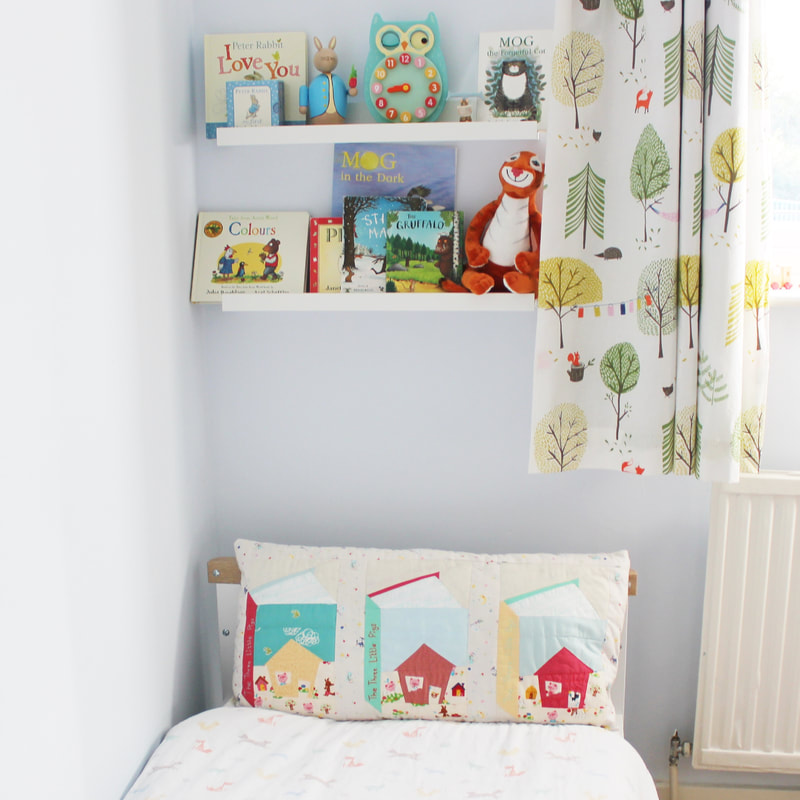
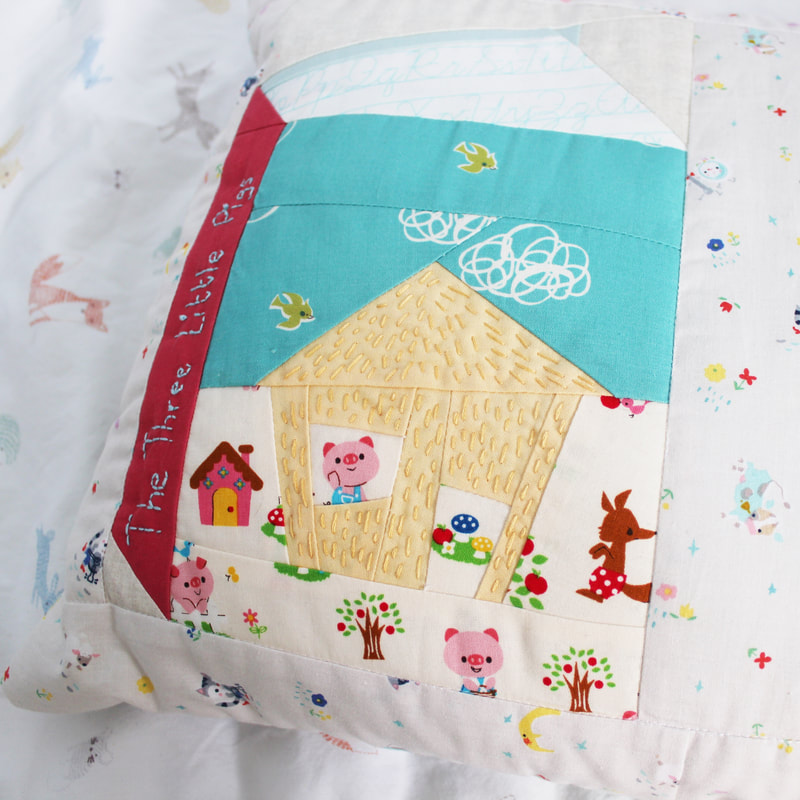
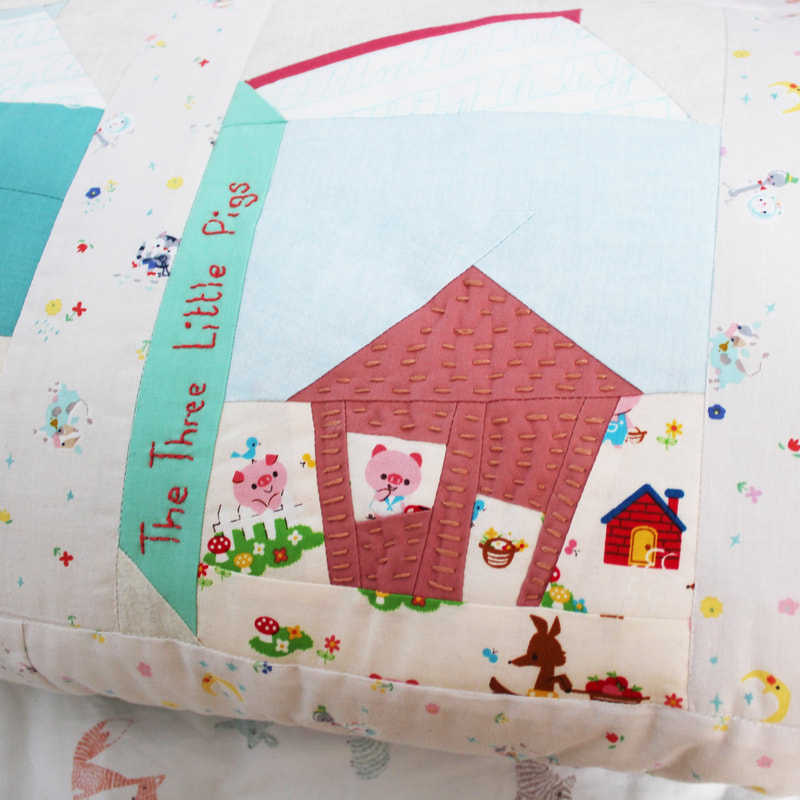
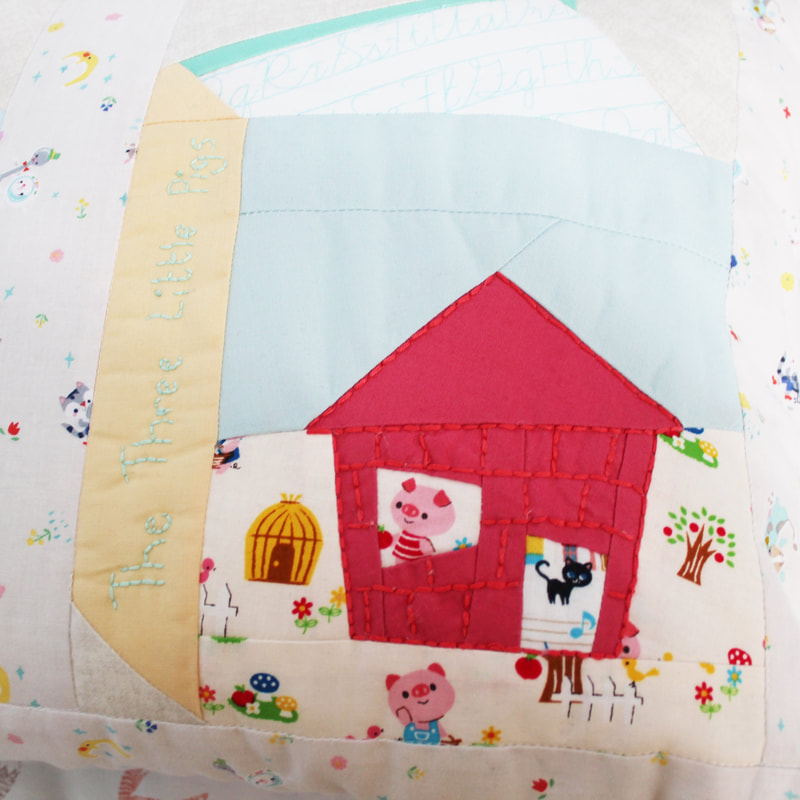


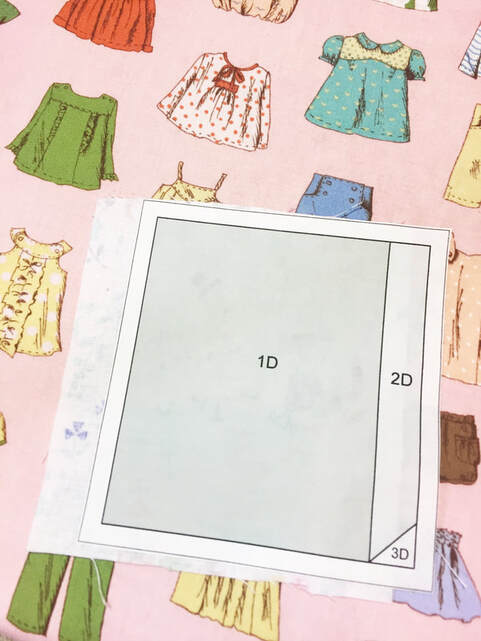
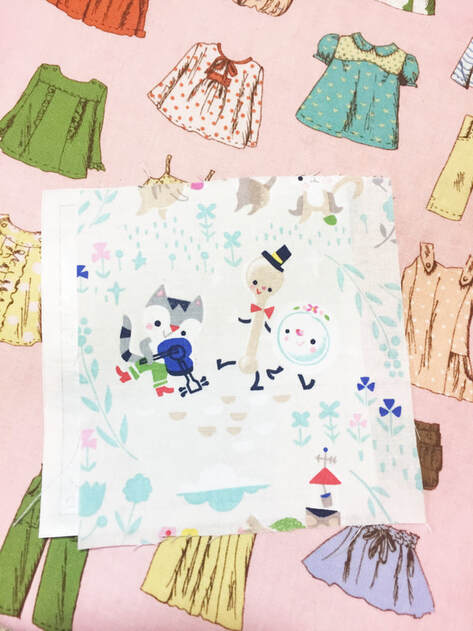



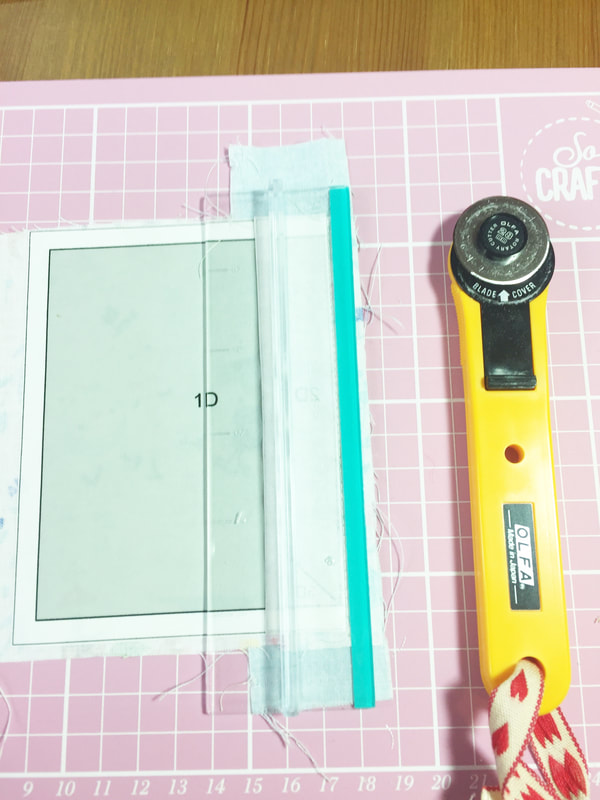


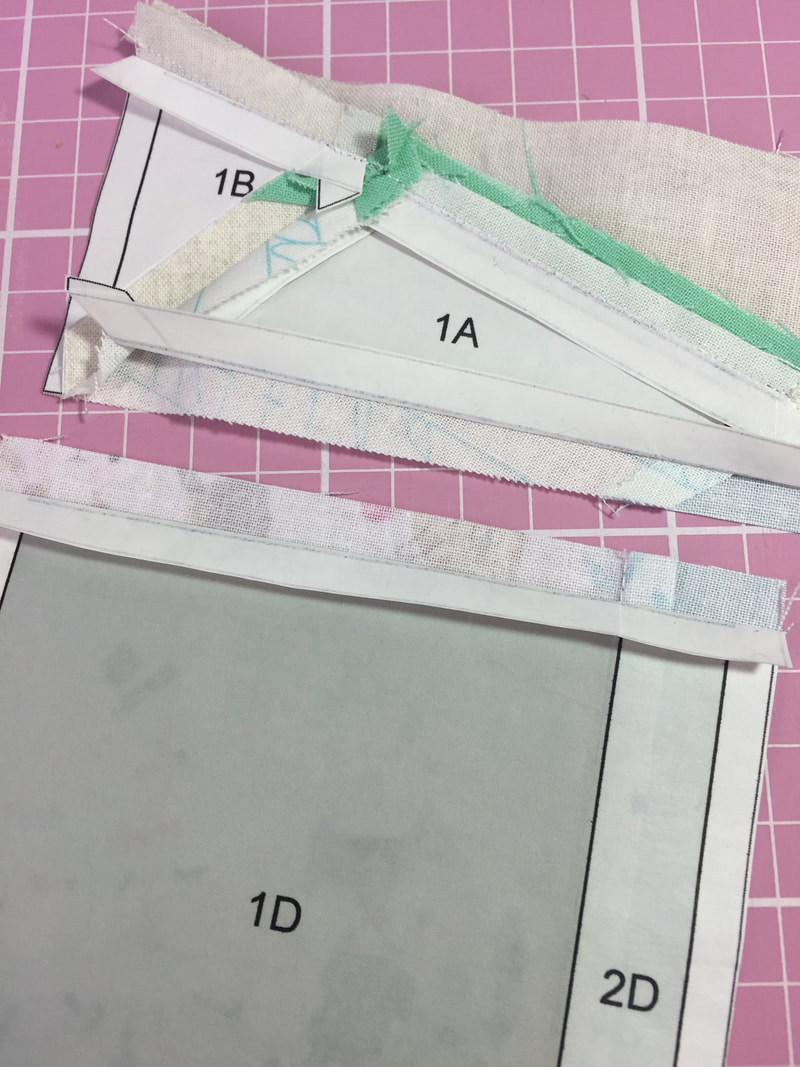

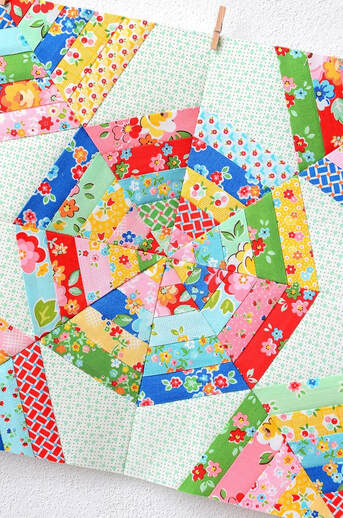
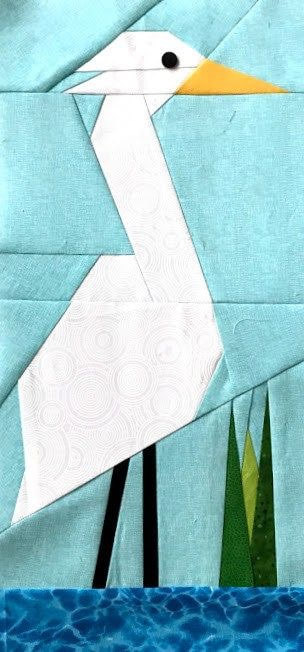
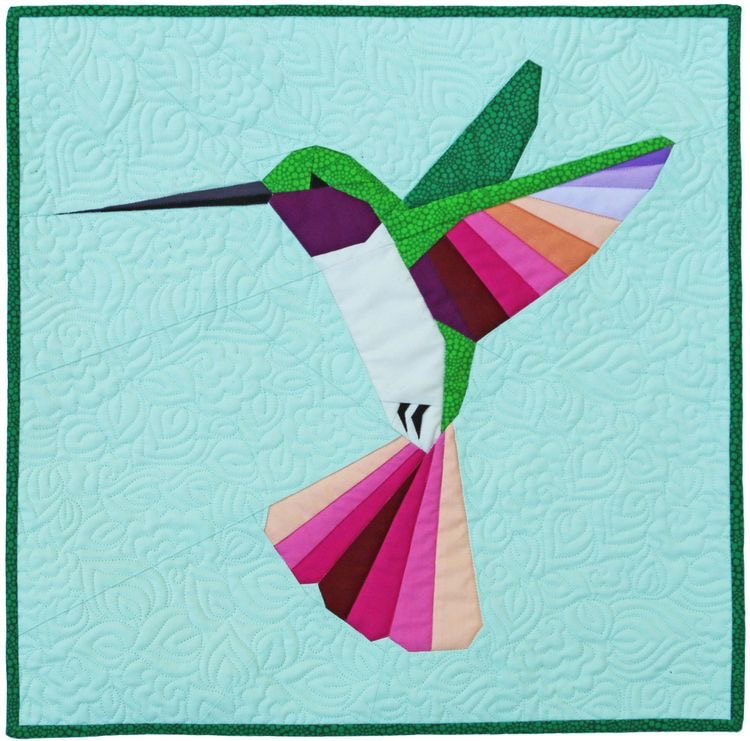
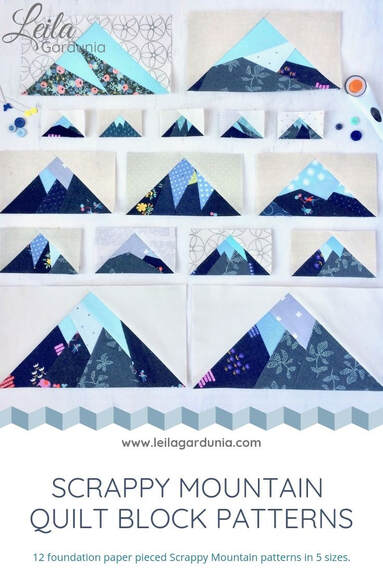

 RSS Feed
RSS Feed